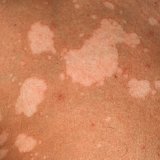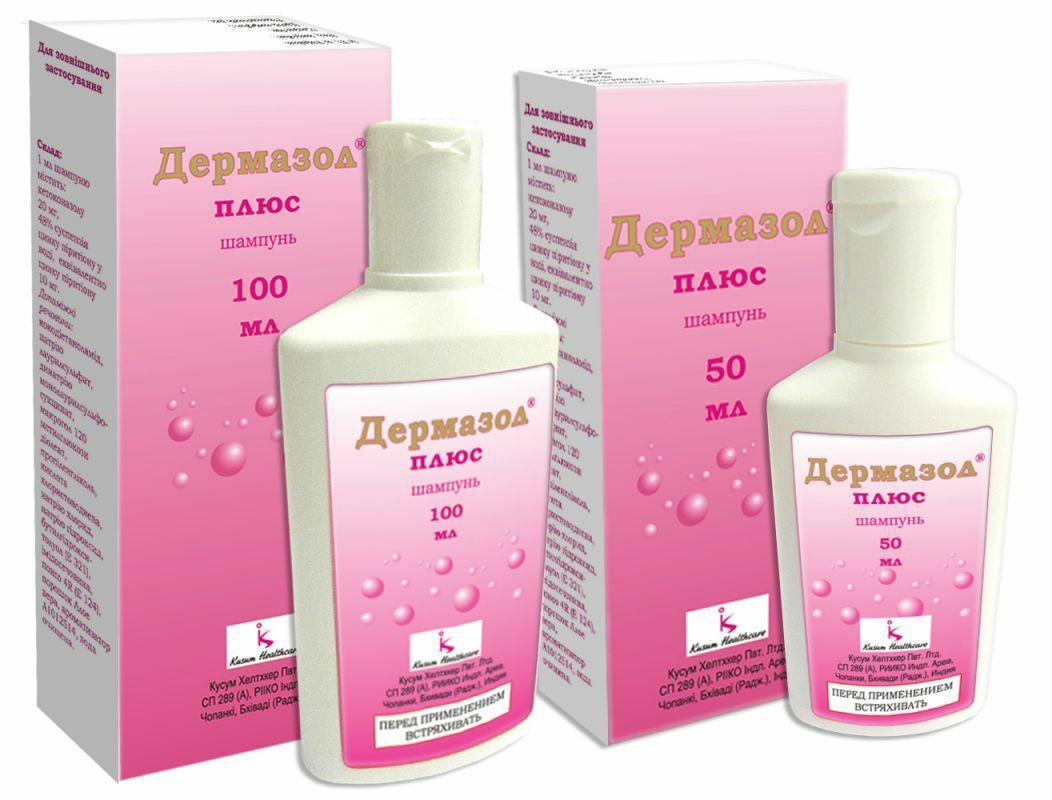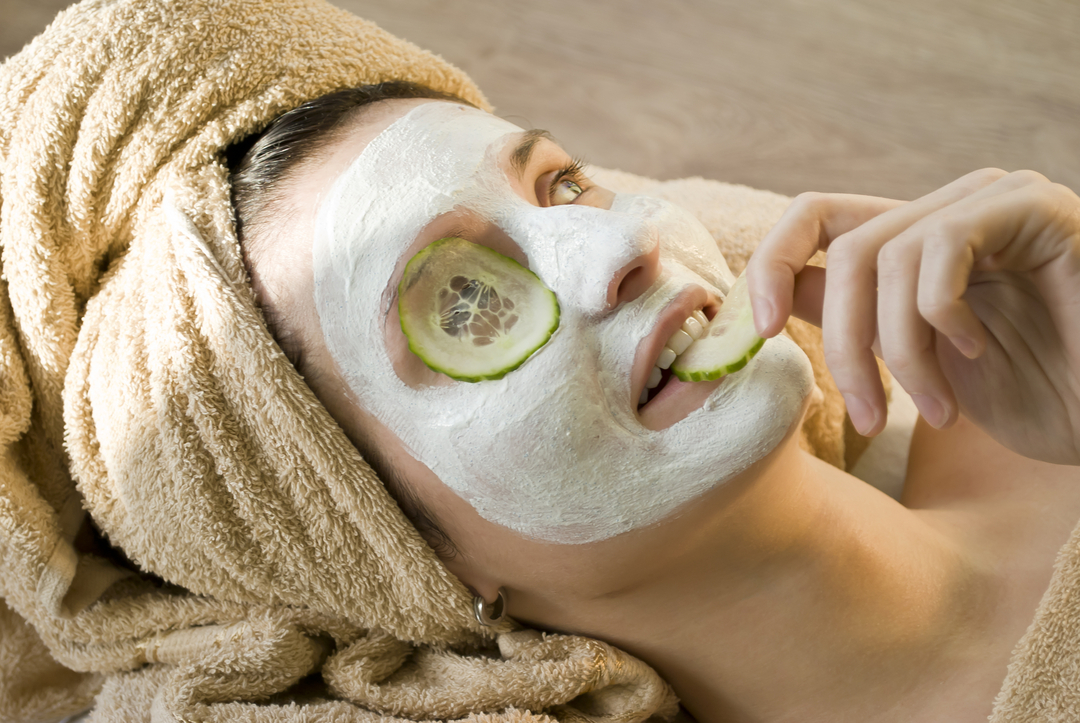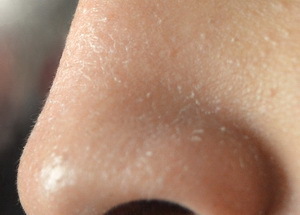Pityriasis: symptoms, treatment

What a few pseudoidea know, and most do not even suspect that the stains on the body it is he. Symptoms, treatment of ailment will be described in detail below.
Pityriasis or as it is also called color deprivation( tinea versicolor, pityriasis versicolor) is a fungal infection, accompanied by the appearance on the skin of slightly itchy flat, shallow and rounded spots. Infectious agents are fungi from the group of dermatomycosis.
The surface of the stains can be peeled off. By color, such spots differ from the skin itself in the light or dark side. The disease is more typical of southerners, its aggravation happens in hot weather. Perhaps this is due to the optimal temperatures for the fungus itself. Fungus is prone to relapse, but the disease itself is not life threatening. The cause of the appearance of spots is that the fungus, getting on the skin, disrupts the work of its cells responsible for the synthesis of melanin. Melanin is a pigment responsible for the color of the skin and the appearance of tanning on it. Fungus actively grows in the upper layers of the skin. To infect this unattractive disease, according to dermatologists, mycologists, can be elementary household way, both from close people, and in public places.
Despite the fact that people living in the south suffer mainly from this disease, it has not bypassed citizens of our country either. Approximately 5-10% have problems with this disease.
Symptoms of Peregrine
As mentioned above, the appearance of spots with impaired pigmentation, directly indicates that you have pungent lichen, the symptoms, the treatment of which will be described below, also manifests itself in the following. Lishy affects certain areas of the body - it is oily skin or skin, connected to the areas of adipose tissue, shoulders, neck, upper part of the trunk. Less often, but still, there are lesions in the areas of the groin and head in its hairy part. The spots can be of different colors - from white to pinkish-yellowish, acquiring a dark brown in the future. Spots with time merge into large plaques. At first it is small, non-inflammatory spots. In the acute stage of the disease, the affected parts of the skin are covered with a thick layer of scales. It looks like bran and looks unattractive. In the summer season, as well as in hot climates, this problem is much more noticeable, since the stain stands out strongly against the background of tanned skin with its unnatural color. In winter, when the skin is not sunburnt, they are not visible.
All the insidiousness of this disease lies also in the fact that its causative agent fungus can stay on the skin for a long time without manifesting itself in any way. To detect his presence, you need some kind of push. For example, they can serve endocrine pathology, weakened immunity, high sweating, situations, stressful for the skin and capable of violating its protection. Such situations include a trip to the solarium, a long stay under the scorching sun, excessive use of antibacterial soap and shower products in the form of a gel.
The process of diagnosing a disease involves a visual examination and an anamnesis. Mycologi also uses Bald's iodine assay, during which the spots are smeared with iodine tincture, which leads to darkening of the stains. Diagnose the disease and the lamp of Wood. Under the rays of the lamp the foci of the disease glow in the yellow color scheme. And of course, research under a microscope finally clarifies the picture. In the course of such studies, specific filaments of the fungus with the corresponding cells are seen.
Treatment of Pityriasis
Lishay is a fairly easy to heal infection. But be prepared for the fact that in three days it can not be eliminated. A longer treatment is required. In modern medicine and cosmetology, a sufficient number of various shampoos, ointments, creams and solutions are known. However, for some reason, not every patient, who has manifestations of this disease, seeks to be cured.
Most likely this is because the disease does not have any symptoms that interfere with life, it is painless and as mentioned above, only sometimes itching is felt, which is the most unpleasant moment in the history of the disease depriving. His treatment is mostly external. Patients observed in dermatologists about this disease are mostly women. This is also understandable. Women are very worried about the beauty and healthy appearance of their skin, men are not interested in this problem at all or are interested in so far. After all, someone said that beauty is not the main thing for a man. However, we proceed directly to the description of treatment.
The patient is most often prescribed such drugs, procedures and preparations as:
- antifungal ointments;
- special shampoos;
- antibiotics;
- weak salicylic alcohol solution for wiping the skin;
- hardening of the body
- systematic dousing with acidified water;
Despite the simplicity of both the disease and its treatment, medications still need to be taken deliberately and only after examination by a specialist dermatologist.
The doctor usually appoints:
- fungicidal and peeling and funds( 2-3% iodosalicylic alcohol, 3-5% iodine alcohol solution, sulfuric salicylic ointment).These remedies are used when the lichen is heavily distributed.
- With a mild manifestation, clotrimazole, mycospores, and lamizil are helpful.
It should immediately be noted that if you are hoping to be cured only by weeds and grandmother's means, then this will not work. They can only accelerate recovery and serve as additional means of complex treatment.



